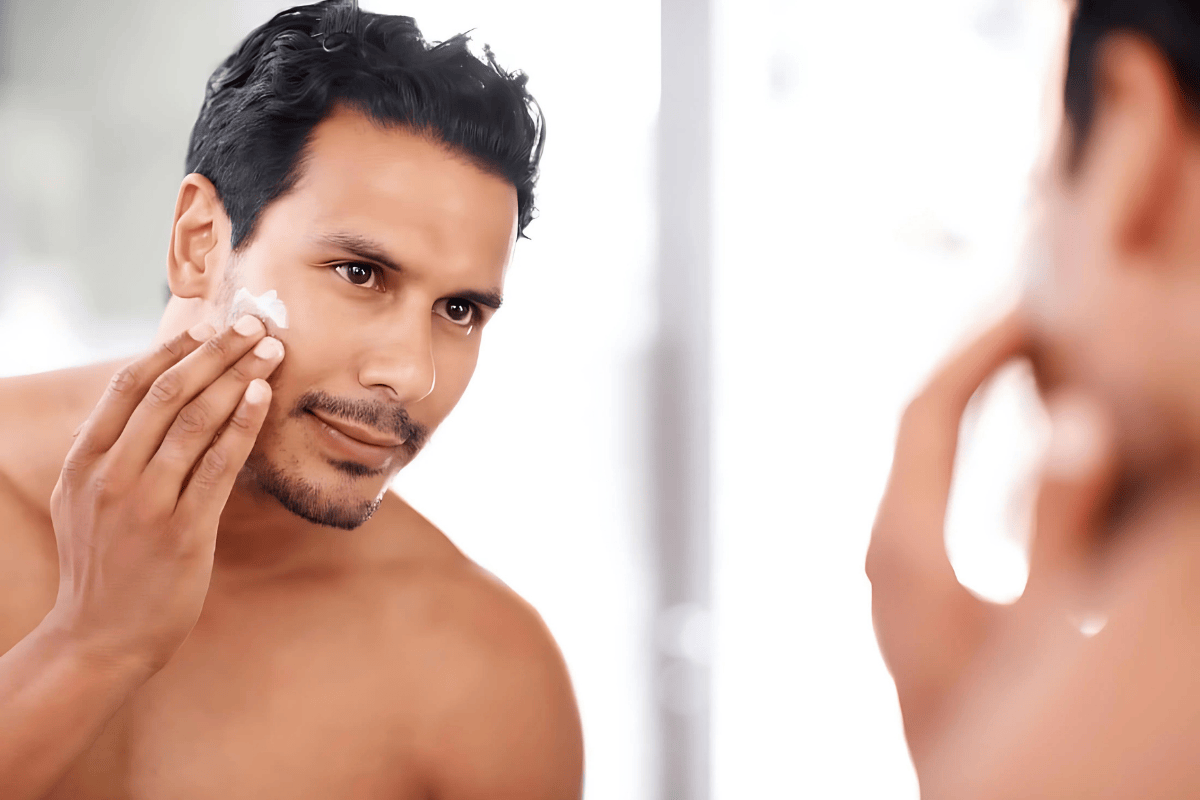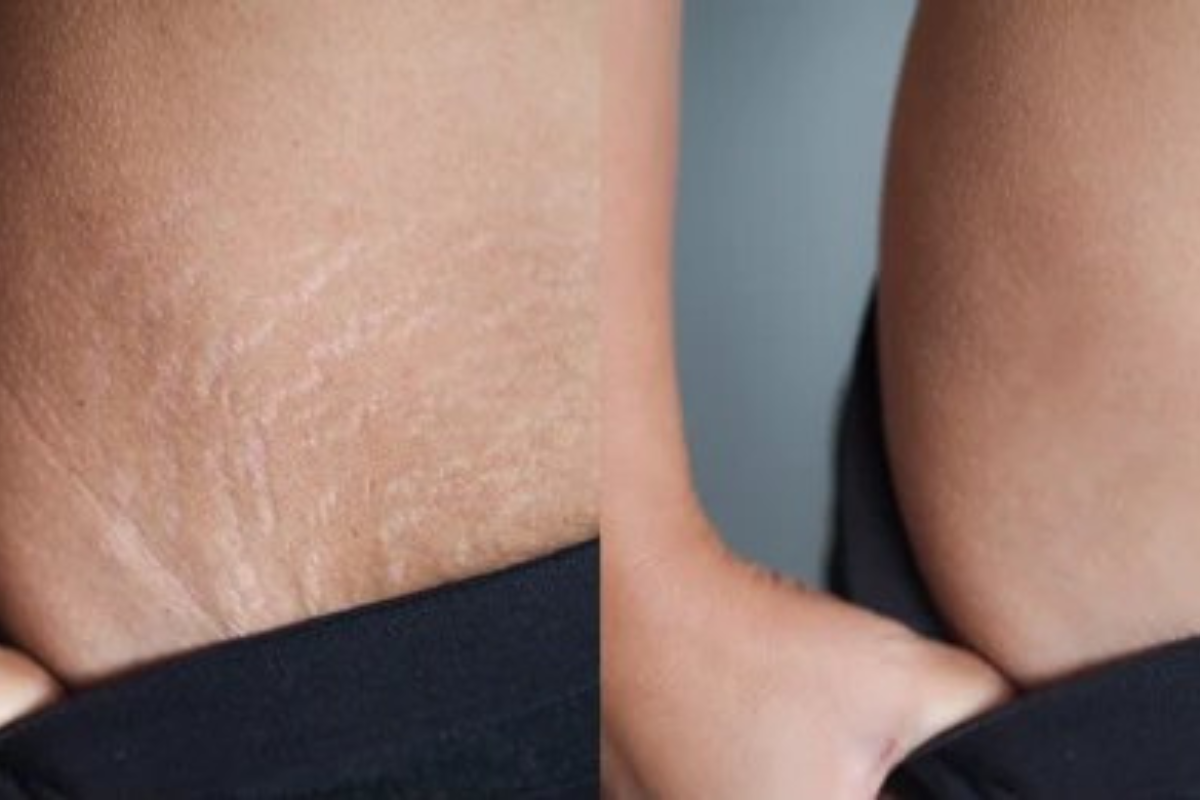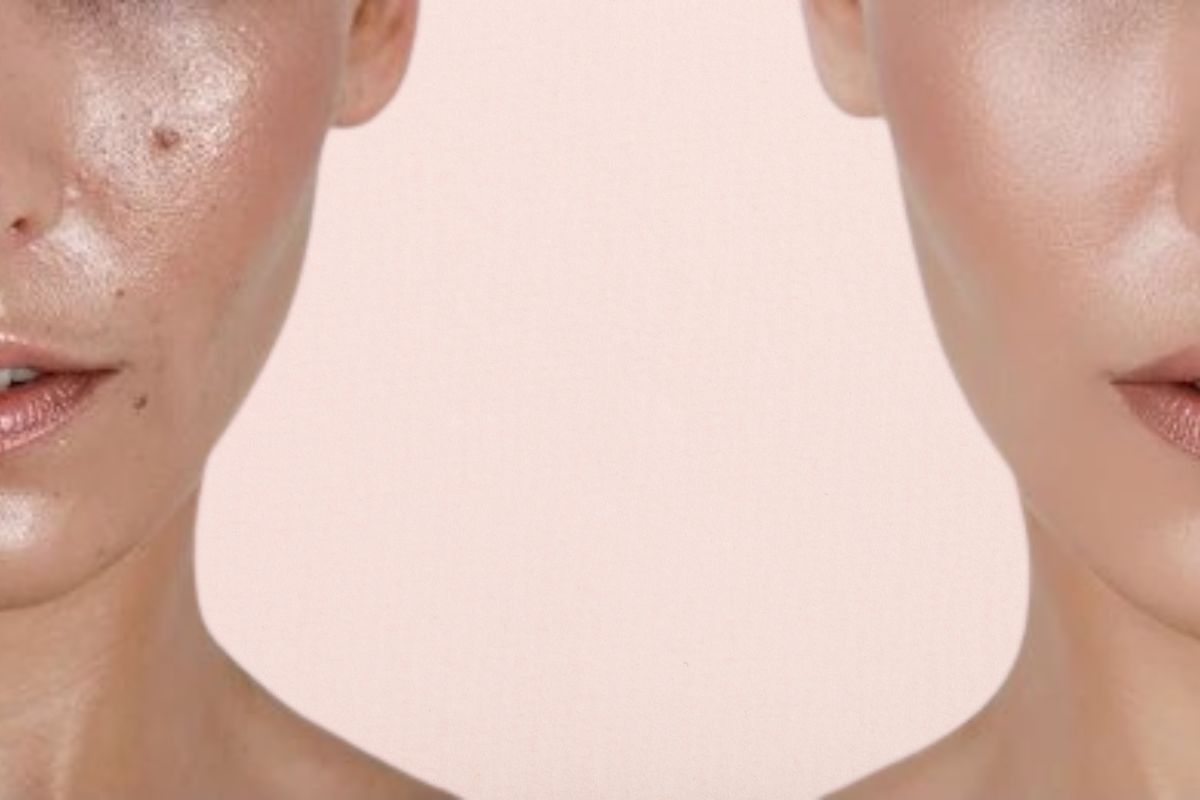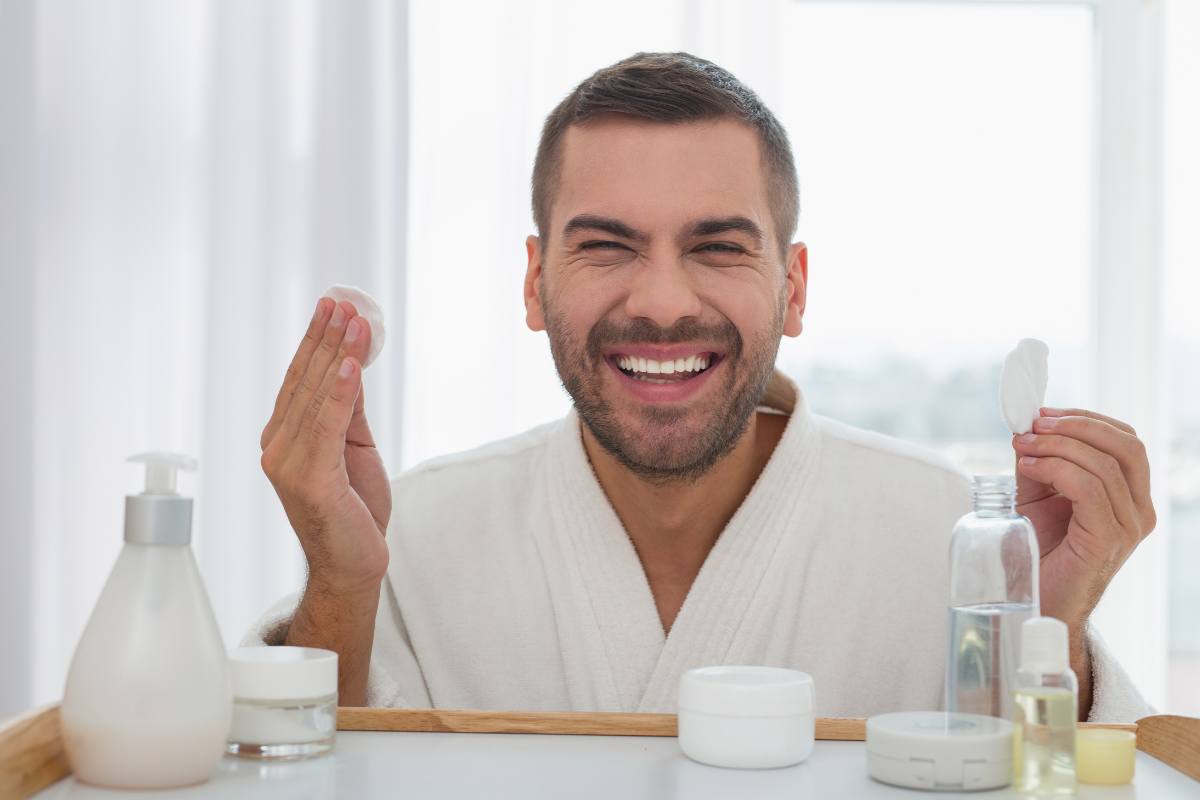The Best Skincare Routine for Men
In recent years, men's skincare has evolved, with more men prioritizing their skin’s health and appearance. Gone are the days when soap and water were the only goto options for men. Today, a well rounded skincare routine is essential not just for looking good but for maintaining healthy skin as well. Whether you're trying to combat acne, reduce signs of aging, or simply maintain your skin's vitality, building a skincare routine tailored to your needs is key.
In this blog, we’ll cover the best skincare routine for men, explain why each step matters, and offer tips on how to create a routine that suits your skin type.
Understanding Your Skin Type
Before diving into the routine, it’s important to understand your skin type. Knowing whether you have dry, oily, combination, sensitive, or normal skin will help you choose the right products and avoid irritation.
Normal Skin: Balanced and clear, with minimal sensitivity.
Oily Skin: Shiny and prone to acne due to excess oil production.
Dry Skin: Feels tight, flaky, and may show visible fine lines.
Combination Skin: Oily in some areas (often the Tzone) and dry in others.
Sensitive Skin: Easily irritated by products, with redness and discomfort.
Once you’ve identified your skin type, you can start tailoring your routine to meet its specific needs.
Step-by-step Guide to the Best Skincare Routine for Men
A complete skincare routine for men involves several key steps, each playing a role in maintaining healthy skin. Let’s break it down:
1. Cleansing – The Foundation of Every Routine
Cleansing is the most crucial step in any skincare routine. It removes dirt, oil, sweat, and impurities that build up on your skin throughout the day. If you skip this step, your pores may clog, leading to breakouts and dull skin.
Morning and Night Cleansing: Cleanse your face twice a day, in the morning and before bed.
Choosing a Cleanser: Select a gentle, sulfate free cleanser that suits your skin type. For oily skin, opt for a gel cleanser. Dry skin types should go for cream based cleansers.
Avoid Bar Soap: Traditional bar soaps can be too harsh and dry out the skin, causing irritation.
How to cleanse:
Use lukewarm water to dampen your face.
Apply a small amount of cleanser and gently massage it into your skin in circular motions.
Rinse with water and pat dry with a clean towel.
2. Exfoliation – Clear Away Dead Skin
Exfoliation is key to maintaining a clear and smooth complexion. It removes dead skin cells, which can clog pores and make the skin look dull. Exfoliating once or twice a week is sufficient for most men, though men with sensitive skin should exfoliate less frequently.
Physical Exfoliants: These contain small particles that manually scrub away dead skin cells. Be gentle when using them, as too much pressure can cause microtears in the skin.
Chemical Exfoliants: Containing ingredients like alpha hydroxy acids (AHAs) and beta hydroxy acids (BHAs), chemical exfoliants are less abrasive but equally effective. They dissolve dead skin cells and unclog pores without the need for scrubbing.
Benefits of exfoliation:
Promotes smoother skin
Reduces the appearance of acne and blackheads
Improves the effectiveness of other skincare products
Helps prevent ingrown hairs, especially useful for men who shave regularly
3. Toning – Balance and Prep the Skin
Toners help balance the skin's pH levels and remove any remaining impurities after cleansing. They also tighten pores, hydrate the skin, and prepare it for subsequent treatments. While not essential for everyone, toning is particularly beneficial for men with oily or acneprone skin.
Hydrating Toners: Best for dry or sensitive skin, they provide an extra boost of moisture.
Astringent Toners: These are great for oily skin as they help control excess oil and reduce shine.
How to use a toner:
After cleansing, apply a small amount of toner to a cotton pad or your hands.
Gently swipe it across your face, avoiding the eye area.
4. Moisturizing – Hydrate and Protect
Moisturizing is essential to keep the skin hydrated, plump, and youthful. Even men with oily skin need a good moisturizer to maintain balance. Without enough moisture, the skin can become dry, irritated, or overcompensate by producing more oil.
For Oily Skin: Use a lightweight, oil free moisturizer or gel based formula.
For Dry Skin: Opt for a richer, creamier moisturizer that provides long lasting hydration.
For Combination Skin: Use a lightweight moisturizer in the oily areas and a more hydrating product for the dry areas.
How to apply:
After cleansing and toning, apply a small amount of moisturizer to your face and neck.
Massage it gently into the skin in upward motions.
5. Sunscreen – The Most Important Step
One of the biggest mistakes men make is skipping sunscreen. Daily sun protection is the most effective way to prevent premature aging, hyperpigmentation, and skin cancer. Sunscreen should be worn every day, rain or shine, as harmful UV rays can penetrate clouds and even windows.
SPF 30 or Higher: Dermatologists recommend using a broad spectrum sunscreen with an SPF of at least 30.
WaterResistant Formulas: Ideal for those who sweat or spend time outdoors.
How to use sunscreen:
Apply sunscreen generously to your face and neck after moisturizing, about 1530 minutes before sun exposure.
Reapply every two hours, especially if you're sweating or swimming.
Special Treatments for Men's Skin
6. Eye Cream – Tackle Dark Circles and Puffiness
The skin around your eyes is more delicate than the rest of your face and often the first area to show signs of aging, fatigue, and dehydration. Using an eye cream can help reduce dark circles, puffiness, and fine lines.
For Puffiness: Look for eye creams that contain caffeine to reduce swelling.
For Dark Circles: Use brightening ingredients like Vitamin C or peptides.
How to apply:
Dab a small amount of eye cream under your eyes using your ring finger (the gentlest finger).
Pat the product gently around the eye area without rubbing.
7. Treating Acne and Blemishes
Many men struggle with acne, whether it's from shaving irritation or hormonal changes. If you're dealing with frequent breakouts, consider adding an acne treatment to your routine.
Spot Treatments: Benzoyl peroxide or salicylic acid can help reduce inflammation and kill acne causing bacteria.
Retinoids: These Vitamin A derivatives can help with skin cell turnover, preventing clogged pores and reducing acne.
How to use:
Apply spot treatments directly to the affected areas after cleansing and before moisturizing.
Skincare for Men Who Shave
Shaving can be rough on the skin, especially if you're prone to irritation, razor bumps, or ingrown hairs. Incorporating shaving into your skincare routine can help prevent these issues and leave your skin looking smooth.
Pre Shave Preparation: Wet your skin and hair with warm water to soften it. Use a moisturizing shaving cream to create a protective barrier.
Shave in the Direction of Hair Growth: Shaving against the grain can lead to razor burns and ingrown hairs.
Aftershave Balm: Instead of alcohol based aftershaves, opt for a hydrating balm that soothes the skin and reduces irritation.
Nighttime Skincare Routine for Men
At night, your skin goes into repair mode. This is the ideal time to use treatments that target specific skin concerns like wrinkles, hyperpigmentation, or acne.
Night Cream or Serum: Use a night cream that contains ingredients like retinol, hyaluronic acid, or peptides to repair and rejuvenate the skin while you sleep.
Eye Cream: Apply eye cream before bed to reduce puffiness and dark circles.
Lip Balm: Don’t forget to hydrate your lips with a nourishing lip balm before sleeping.
Diet and Lifestyle for Better Skin
Your skincare routine doesn’t end at topical treatments. What you eat and how you live can have a huge impact on your skin’s health.
Hydration: Drink plenty of water to keep your skin hydrated from the inside out.
Balanced Diet: Incorporate foods rich in antioxidants (like fruits and vegetables) and omega3 fatty acids (like fish) for healthier skin.
Sleep: Get at least 7to 8 hours of sleep each night. Lack of sleep can lead to dull skin, puffiness, and dark circles.
Conclusion
A consistent and well rounded skincare routine is essential for men who want to achieve and maintain healthy, clear skin. By following these steps and tailoring the products to your skin type, you can address concerns like acne, dryness, and signs of aging. Whether you're just starting out with skincare or looking to enhance your existing routine, this guide provides everything you need to know about building the best skincare routine for men.
For personalized skincare advice and treatments, visit Luxury Derm at 1 Janaki Avenue, 4th Street, Abiramapuram, Chennai, or call +91 62626 59595 to book your consultation today.





 Chat with us
Chat with us